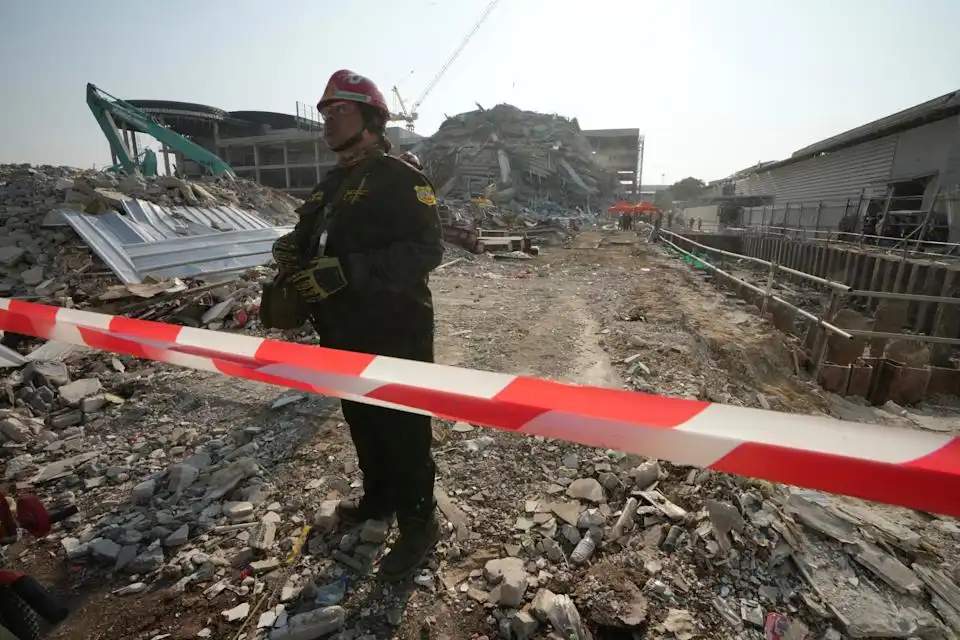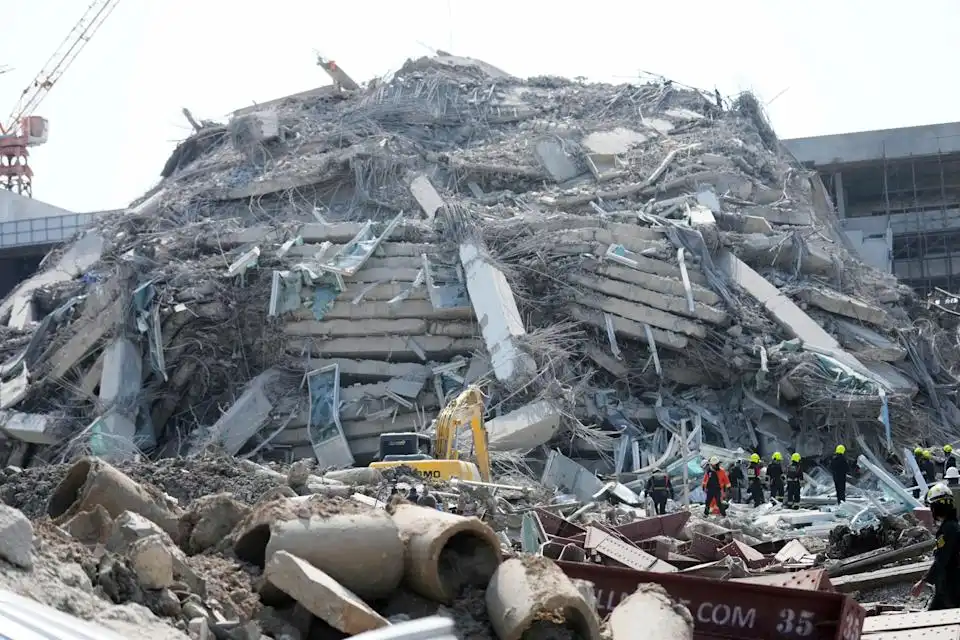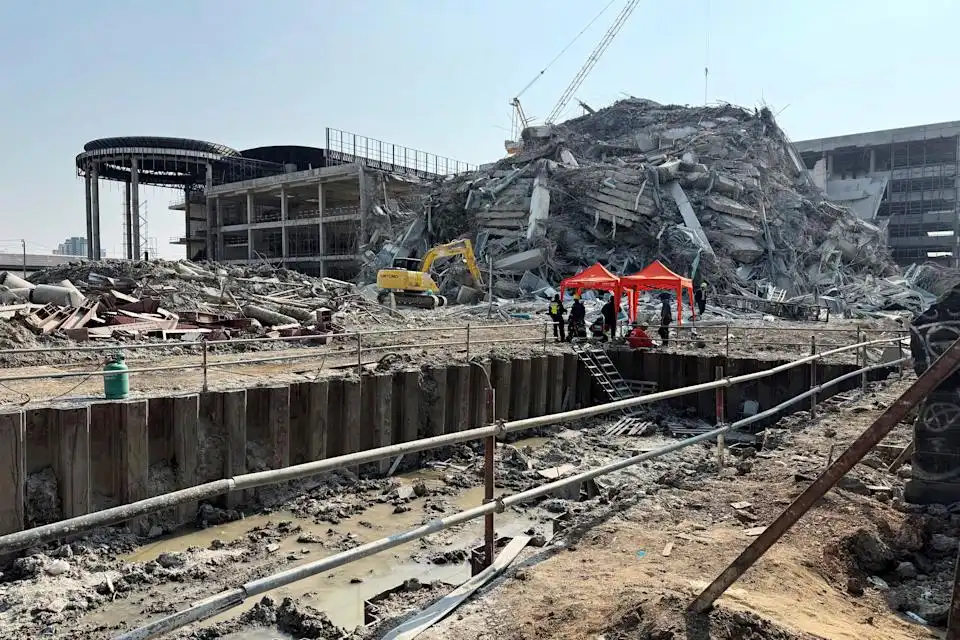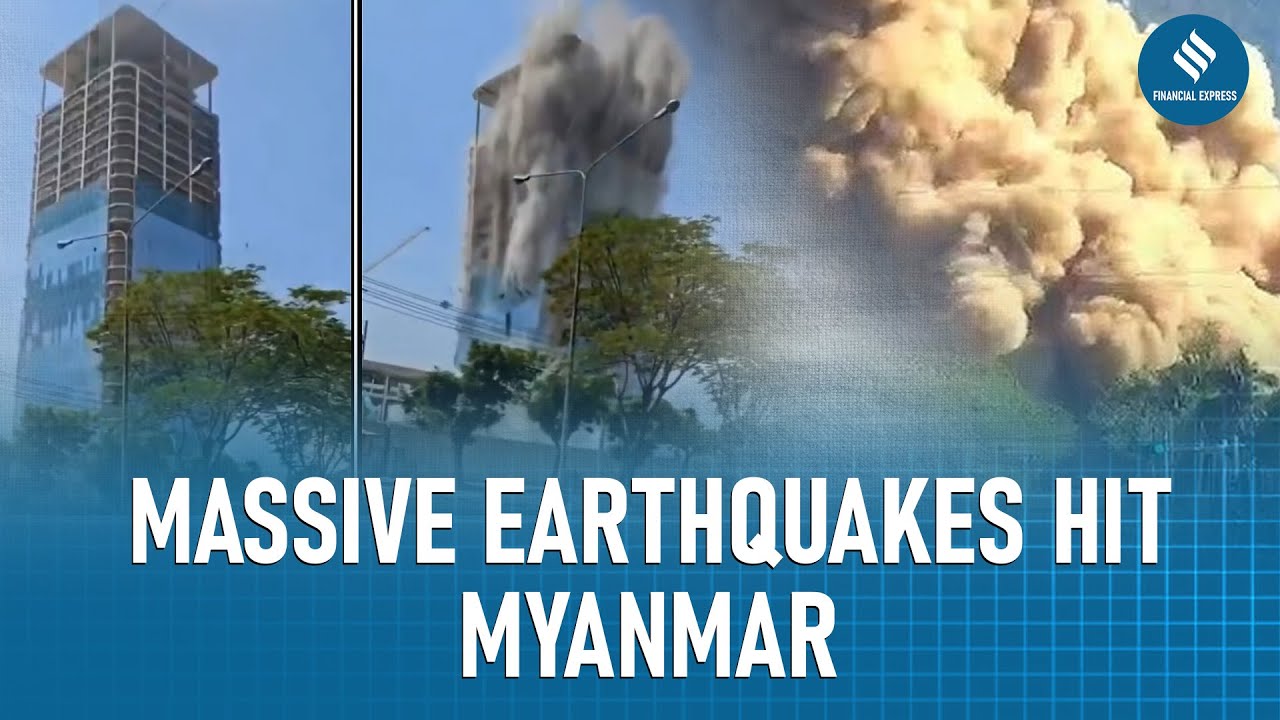On March 28, 2025, a catastrophic 7.7-magnitude earthquake struck Myanmar and neighboring Thailand, highlighting the urgent need for seismic resilience in architectural design and construction. The earthquake, with its epicenter near Mandalay, Myanmar’s second-largest city, was followed by a 6.4-magnitude aftershock, causing widespread destruction across the region. Myanmar has reported at least 144 fatalities, with the death toll expected to rise, and significant damage has been observed to buildings, infrastructure, and transport systems.
In Thailand’s capital, Bangkok, the earthquake caused a tragic collapse of a 33-story skyscraper under construction near the Chatuchak market, resulting in at least three confirmed deaths, including construction workers, and leaving 90 people trapped. The collapse of the crane-topped building into a cloud of dust served as a wake-up call for architects and engineers, emphasizing the critical need for robust seismic safety standards in high-rise construction, especially in regions with moderate earthquake risk like Bangkok.

This incident underscores the pressing need for rigorous seismic safety measures in the design and construction of high-rise buildings in regions susceptible to earthquakes. Emergency teams are currently working to rescue survivors from the rubble, but the aftermath is already raising alarms about the vulnerability of construction in earthquake-prone areas.
The immediate aftermath saw widespread panic as residents and workers in high-rise buildings scrambled to evacuate, many experiencing their first-ever earthquake. The event prompted a city-wide emergency response, with public transit shutting down and sirens echoing across central Bangkok. The situation has highlighted the need for buildings in earthquake-prone areas to integrate advanced structural solutions, including reinforced foundations, shock-absorbing materials, and flexible frameworks to reduce vulnerability in the event of a seismic event.

In Myanmar, the destruction was even more severe, with buildings, bridges, and a dam collapsing, compounding the country’s already fragile infrastructure. The ongoing civil war has further complicated rescue efforts, making the delivery of aid and assistance incredibly challenging. As the death toll rises, the devastation in Myanmar serves as a stark reminder of the vulnerability of infrastructure in areas without adequate disaster preparedness.

This earthquake tragedy serves as a poignant reminder for architects, engineers, and urban planners to prioritize seismic resilience in their designs. With urbanization increasing across earthquake-prone regions, it is essential that future construction projects incorporate state-of-the-art technology and seismic engineering practices to safeguard both buildings and their occupants. As cities grow and buildings reach new heights, ensuring that these structures can withstand the forces of nature should be a fundamental consideration in the architectural process.



























Leave a comment